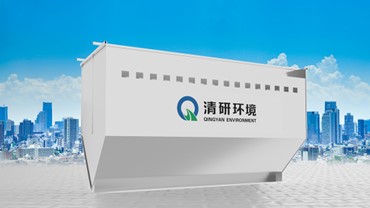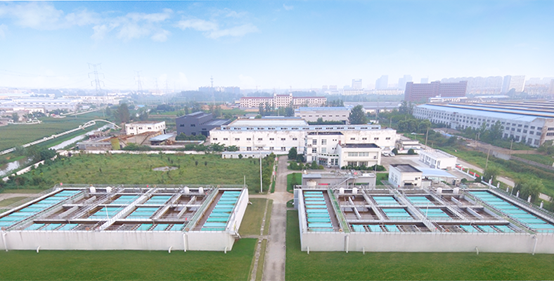 LOADING...
LOADING...
 DATE:2024年03月05日
DATE:2024年03月05日
The Potential of Rapid Sewage Treatment Integrated Wastewater Treatment——RPIR module
Could the marriage of the reaction process and the sedimentation process in a sewage treatment system be the answer to maximizing efficiency? This is the question at the heart of an innovative approach to wastewater treatment that could revolutionize the industry.In the realm of wastewater treatment, the secondary biochemical treatment unit is the key player in reducing pollution load. However, this unit requires the largest area and is often the first in need of renovation. What if we could integrate the reaction process, which neutralizes pollutants, and the sedimentation process, which clarifies water, into one seamless operation?
What if we could further enhance this with in-depth treatment measures like, biochemical reactions, and sedimentation? Could we then consistently meet the national standard Class A or surface water standard for effluent quality?
Yancheng Xiangshui County Urban Domestic Sewage Treatment Plant Upgrading and Reconstruction Project
Consider the case of a sewage treatment plant in Xiangshui County, Jiangsu Province. This standard upgrading and renovation project is a shining example of this integrated approach. Here, the traditional aerobic pool was retrofitted with reaction-sedimentation integrated equipment.This innovative setup capitalized on the air lift power generated by aerobic aeration to circulate the mixed liquid.This not only improved the mud-water mass transfer effect but also achieved a full sludge reflux without the need for additional power.

The special structure of the integrated pool intercepts activated sludge, maintaining a sludge concentration of five to six grams per liter.This transformed treatment process eliminates the need for a secondary sedimentation pool, shortening the overall sewage treatment process. The result? Effluent stability that consistently meets the National Grade A standard. But the benefits don't stop there. The original secondary sedimentation pool can now be repurposed for the long-term expansion of the water plant without any demolition costs. That's a win for both efficiency and cost-effectiveness.

The Key Takeaway
So, what's the takeaway from the Xiangshui County project? It's simple: the integration of the reaction and sedimentation processes in a wastewater treatment system holds the key to maximizing efficiency. This approach not only streamlines the treatment process but also consistently produces high-quality effluent and offers the potential for cost-saving expansion. It's a win-win situation that could set a new standard for wastewater treatment across the globe.